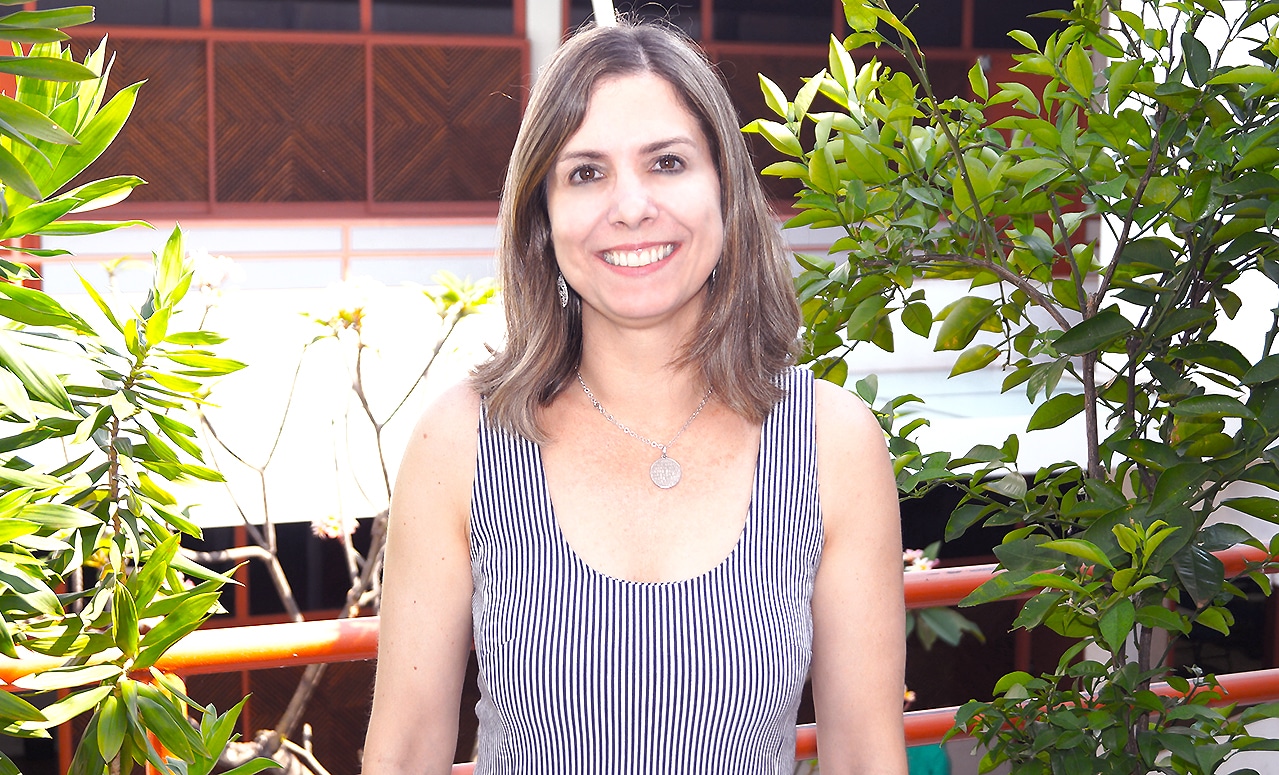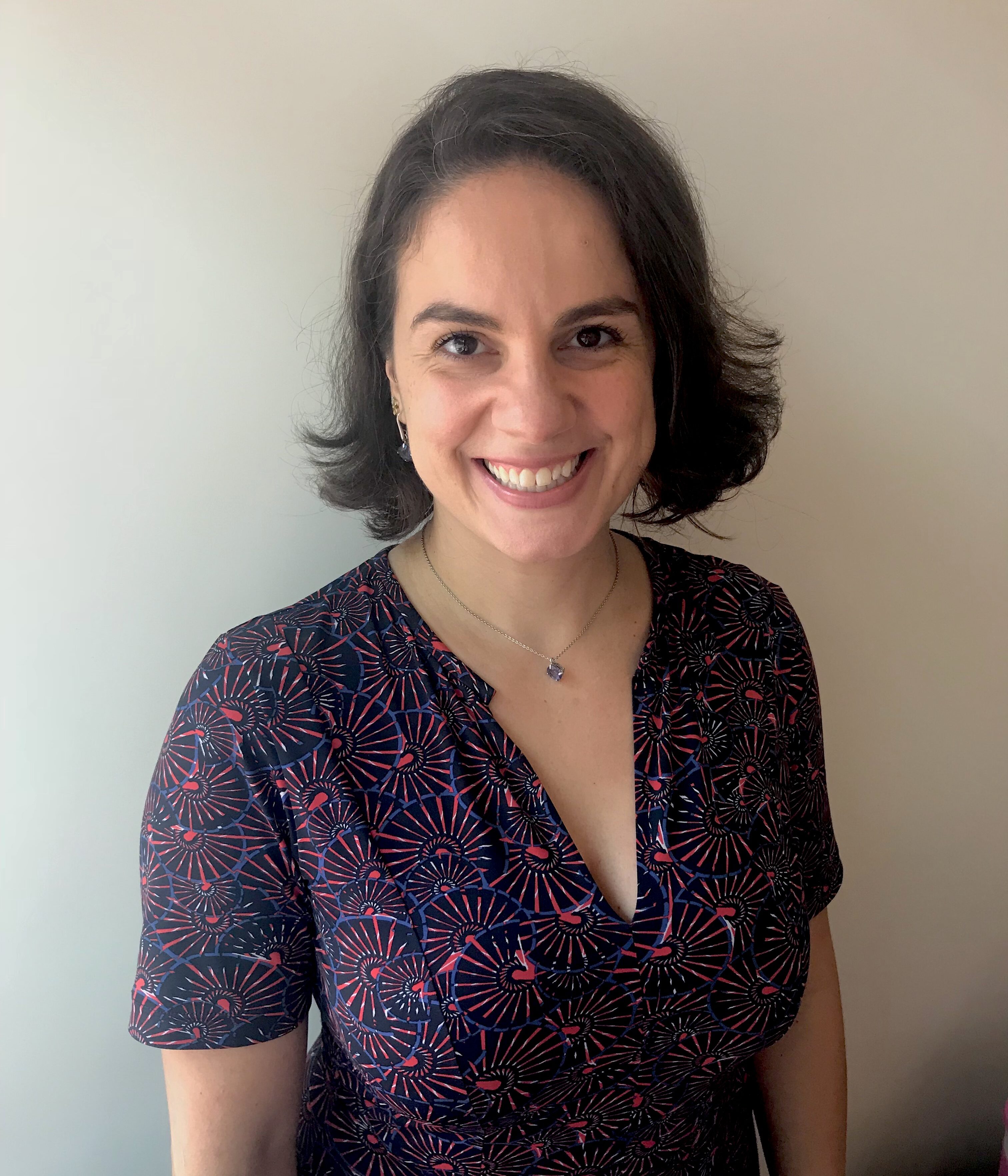The Power of Portfolio Assessment
Despite my 15 years of experience with portfolio assessment, its power never ceases to amaze me. I’ve recently conducted a course for public school English teachers in the Federal District and, once again, used portfolio assessment.
I have a feeling that some educators might not adopt portfolio assessment because they think it is too complicated; others might think it is not “serious” or “valid” and “reliable” enough, and that anything goes.
I’m going to demonstrate how portfolio assessment is simple, valid, and reliable as a classroom assessment tool. More importantly, I am going to address its greatest strengths as an authentic assessment tool: authenticity and usefulness.
The classical definition of portfolio is:
A portfolio is a purposeful collection of student work that exhibits the student’s efforts, progress, and achievements in one or more areas. The collection must include student participation in selecting contents, the criteria for selection, the criteria for judging merit, and evidence of student self-reflection (Paulson et al., 1991, p. 60).
As you can see, portfolios are not merely folders where students place all their assignments. The main components of portfolio assessment are student choice (Paris &Ayres, 1994), engagement in self-reflection (Yancey, 1996), and evidence of growth (Paulson et al., 1991).
Effective portfolio assessment will take into consideration the following aspects (Herman et al., 1996, p. 29):
– What is the assessment purpose?
– What tasks should be included in the portfolio collection?
– What standards and criteria will be applied?
– How will consistency in scoring or judgment be assured?
– Are the results valid for the intended purpose?
– How are the results used?
One of the main benefits of portfolios is their impact on teaching. Research has shown that classes become more student-centered and teachers are more relaxed and informal with students, resulting in more risk-taking behavior from both students and teachers (Viechnicki et al., 1993).
How can this be implemented in practical terms? There are many ways to use portfolio assessment. Writing classes are the most obvious but not the only classes that can benefit from a portfolio system. In my opinion, portfolios are the perfect assessment tool for teacher training and development courses.
In the 60-hour Public School Teacher Development Program – Special Topics course, student-teachers had 48 hours of face-to-face instruction and 12 hours of online activity in the Moodle platform. During the course, they were asked to develop three practical portfolio tasks, based on the course content. There could have been more tasks, but these teachers are all very busy in their full-time teaching job, so I couldn’t demand too much from them.
They handed in the portfolio tasks and received feedback along the semester. My assessment of their tasks was formative, and I did not have to bother about grading them, only about registering whether they had handed in the tasks or not. They also received feedback on all their online tasks.
At the end of the semester, the student-teachers were given the following instructions:
Now it’s time to put together your portfolio. A portfolio is a collection of student work that shows evidence of reflection, growth and choice. Having this in mind, here is what your portfolio should contain:
– Cover letter: This is where the reflection appears. Here you should introduce your portfolio to your reader and explain why you chose the specific post and tasks, and how they represent your performance during the course. Explain in what ways these tasks helped you advance in your learning and how this learning has contributed and will contribute to your teaching.
– Two of the three portfolio tasks you developed and the forum post you consider most representative of what you have gained during the course. (choice)
– The first drafts of the two portfolio tasks. (evidence of growth)
Before putting together their portfolios, they also received the assessment rubrics, so they knew what the assessment criteria were before submitting their work.
I can say, then, that this portfolio assessment system has content validity, as it contains pieces directly related to the content worked on in the course, and it is also reliable, for student performance is assessed objectively, by way of performance standards. More importantly, it is useful and authentic, as I will demonstrate below.
My student-teachers’ portfolios were presented in many different ways: pdfs, Google slides, word documents sent to me by e-mail or nice plastic folders delivered to my office. Having this flexibility empowers students and enables them to use the resources they feel most comfortable with or to innovate if they wish to.
The portfolios were all complete, with the cover letter, entries, and first drafts, and most student-teachers revised the portfolio tasks based on the comments I had made. I must say that the quality of their work really impressed me.
However, it was the cover letters that portrayed the greatest evidence of in-depth learning and awareness. The task of having to write a cover letter justifying their portfolio choices and explaining how the pieces chosen portrayed their learning and growth in the course really engaged these student-teachers in self-reflection.
To make my point, below are excerpts from the some of the cover letters, categorized into what I think were the greatest strengths of the portfolio experience.
– Self-awareness
“This compilation of work pieces is the result of one semester of studying in order to improve as an EFL teachers and student. It not only shows who I am as a professional, but also as a person, since my beliefs and ways of thinking are presented here.”
– Risk-taking and getting out of the comfort zone
“I still consider it my weakest piece because I was experimenting with writing a test analysis, a task that is new and unfamiliar to me. (…) I wasn’t comfortable with this task, and I had to spend more time on my revisions. I think it enhances my portfolio because it does succeed in telling the reader about my daily routine as an English teacher and some of the challenges I have to face in the classroom.”
“The activities I’ve chosen to compile in this portfolio are the ones that made me think more and evaluate aspects which I had never thought about.”
“The Moodle post chosen is one that really shows my commitment and learning in this course; it also shows my progress because I had never done rubrics before and doing this was really challenging and rewarding. Certainly it is going to change my view on evaluating students.”
– Awareness of what they can do now that they couldn’t before
“I think what I learned most in this course was to explain what I do in my classroom. I was very satisfied that now I know so much more than I did when I started just some weeks ago. I can explain why my test is the way it is; I can explain how I design activities that are brain-friendly; I can say I am a connected educator.”
“I believe learning about assessment was very important to me. I realized that many times I assessed my students in the traditional way, and that I need to focus more on the way I evaluate my students and to prepare better the tests according to modern views. In spite of working in a regular school I can prepare classes and tests that are more authentic, integrative and based on performance.”
– Awareness of learning community
“The week (online) I really loved was interacting about Technology for English Learning. In this week I discovered we have many possibilities of using technology in or outside the classroom. And reading my peers’ posts I did a kind of curation of Educational blogs and it’s helping me because I can plan my classes and when I need something new or new ideas, I always look it up on my curation.”
– Opportunity to look back and take stock of the learning experience
“Before going into the tasks chosen, it is important to mention that to build this portfolio I read all my previous activities, and it gave me the opportunity to notice how much I have changed along the course in relation to my teaching practices and beliefs. There are some topics, such as assessment, which I have already incorporated into my practice without even noticing. Besides, during the process of selecting activities, I could review how much I learned about the brain and how it can facilitate my teaching practice and this is one of the most relevant points in this course for me, although it is not actually presented here. The opportunity of reviewing my work has been a good reminder of how we can always improve, as I would definitely change some aspects of almost every activity or post I made, adding things I learned in the process (and doing a lot of grammar and spelling check!).”
– Agency and flexibility
“I would like to suggest a different format of it, considering our technological era. In my opinion, I think that I can better reflect on each activity presented and proposed here if I make a comment in a comment box right there on that same slide I am talking about. This way, I humbly guess, the reader and evaluator of this portfolio can have a better picture of what I mean, want to showcase, and have reflected upon so far. (…) I would say it will take the shape of a jigsaw reading, with bits and pieces scattered throughout my presentation in an attempt to have a conversation with the reader until the end of my portfolio.”
How can one not want to try portfolio assessment after this clear evidence of its effectiveness?
References:
Herman, J.L, M. Gearhart & P. R. Aschbacher (1996). Portfolios for classroom assessment: design and implementation issues. In R. C. Calfee & P. Perfumo (Eds), Writing portfolios in the classroom: policy, practice, promise, and peril (pp. 27-62. Mahwah, NJ: Lawrence Erlbaum Associates.
Paris, S.G., & L. R. Ayres (1994.) Becoming reflective students and teachers with portfolios and authentic assessment. Washington, D.C.: American Psychological Association.
Paulson, F.L., P. R. Paulson & C.A. Meyer( 1991). What makes a portfolio a portfolio? Educational Leadership, 48 (5), 60-63.
Viechnicki, K., N.Barbour, B. Shaklee, J. Rohrer & R. Ambrose (1993). The impact of portfolio assessment on teacher classroom activities. Journal of Teacher Education, 44 (5), 371-377.






